
Kejriwal is trumpeting a dubious option to avert field fires
There have been more field fires in Punjab till the first week of October, than during the same period in each of the previous four years. Farmers may be doing it cussedly to rile the central government for the farm laws they don’t approve of, say officials in the state’s agricultural research institutes.

There have been more field fires in Punjab till the first week of October, than during the same period in each of the previous four years. Farmers may be doing it cussedly to rile the central government for the farm laws they don’t approve of, say officials in the state’s agricultural research institutes. The state government, which has opposed the laws, might also be less keen to crack down.
Delhi Chief Minister Arvind Kejriwal wants to show he is very concerned about foul air that makes the capital unliveable. He has clutched on to a fungal solution which the Indian Agricultural Research Institute (IARI) has developed. He is advertising it as a breakthrough for the control of paddy field fires in north-west India and air pollution in Delhi.
His claims are misleading, give Delhi’s residents a false sense of comfort, and send a wrong message to farmers.
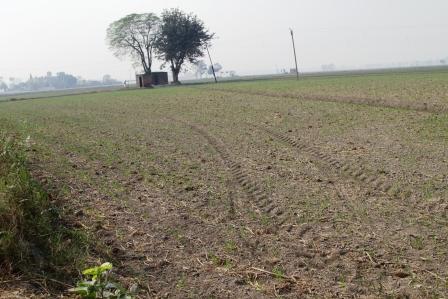
On October 6, the chief minister was at Kharkhari Nahar village in south-west Delhi for a demonstration before mediapersons. He said paddy straw and stubble would degrade within a few weeks when given fungal treatment and obviate the need of clearing fields with fire for wheat sowing.
Environment Minister Prakash Javadekar has said this approach would be tried out in farms on a trial basis in Delhi and the neighbouring states.
Related news: Delhi air quality ‘very poor’ as stubble burning increases five times
Pusa Decomposer, as it is called after IARI’s pre-Independence campus at Pusa in Bihar’s Samastipur district, is a consortium of seven fungi obtained from the soil. The institute supplies four capsules for ₹20. When fermented over 10 days in 5-litre increments to 25 litres with besan and jaggery, enough spores are produced to cover one hectare (2.5 acres). The broth is diluted to 500 litres for spraying.
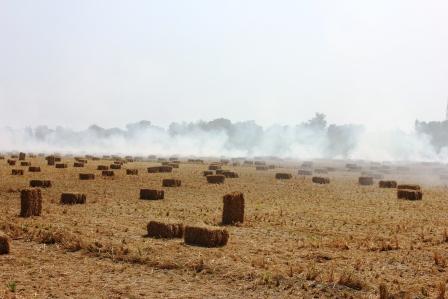
But the decomposer does not replace existing practices. “It is complementary and not a substitute,” says A K Singh, Director, IARI.
Unlike in most regions of the country, paddy straw is not fed to cattle in north-west India. It is high in silica that makes it difficult to digest. Farmers in this part of the country prefer wheat straw as fodder.
Punjab alone has three million hectares under rice. Much of it is common rice. It has to be necessarily cut with combines as there is little time left after rice is harvested to plant wheat, which is ideally done in the first week of November. Every week’s delay results in 150 kg per week less wheat output as summer heat causes premature ripening and shrivelling of grains.
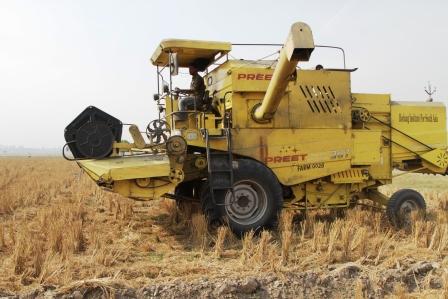
Combines cut paddy two feet above the ground. They leave loose straw in heaps on either side after threshing. The stubble can be clean cut with machines and the loose straw raked and baled. But these add to the cost. Throwing a lit match to dry fields is a cheap but messy way of clearing them.
The world over, farmers are switching to conservation practices. On 17 per cent of Punjab’s rice area farmers have adopted them. They don’t plough the fields. Instead, they plant wheat through the stubble and straw. The combines need to be fitted with devices that chop and spread the straw evenly in the field after threshing. A drill called the Happy Seeder parts the straw, makes 5 cm deep slits in the soil and places wheat seeds in them with even spaces in between. The straw and stubble degrade and enrich the soil over five months by the time wheat is ready for harvesting.
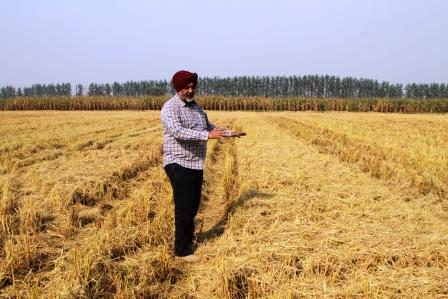
The Decomposer when sprayed on the straw mat will degrade it over three months. This is faster than the normal process but of no much help because the Happy Seeder will still need to be used. Conventional seed drills will not work as the straw, not being brittle enough, will choke them.
The other option is to chop the straw and stubble and mix them with soil. Farmers prefer this as they like clean fields before sowing though they have to spend more than when sowing wheat in unploughed fields. This shows that even good technology will not be widely accepted without behavioural change.
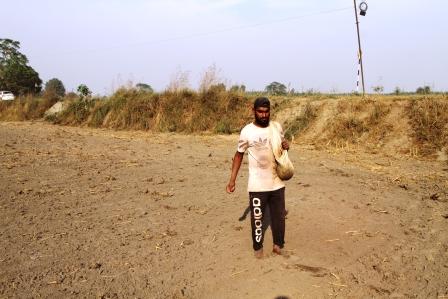
Farmers use a variety of machines like choppers, mulchers, mould board ploughs, harrows, cultivators and rotavators to do the chopping and mixing. A machine introduced last year called the Super Seeder combines the functions of chopping, ploughing and sowing. Decomposition of straw in soil is faster than when it is retained on the surface. The Decomposer can quicken the process but it will not make a difference to standing crop. Farmers who plant potato after rice have to incorporate the straw in soil. The tubers need soft soil to bulk up. About 21 per cent of Punjab’s rice area follows the incorporation method.
Related news: SC appoints judge to monitor stubble burning amid Centre-Delhi spar
The Decomposer adds another layer of activity. Whether the gains are more than the cost and effort will have to be assessed. Both IARI and Punjab Agricultural University began developing microbial approaches before 2015 when there were few alternatives to avert the burning of straw. Unless decomposition time is severely compressed external application of microbes will not be an option to prevent field fires.


